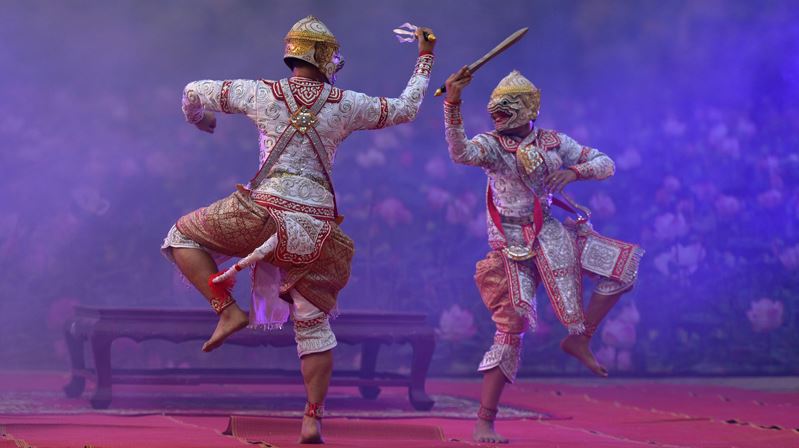The traditional Thai “khon” masked dance drama, which dates to the 14th century, was yesterday inscribed into UNESCO’s Intangible Cultural Heritage list.
The inscription took place during the 13th session of the Intergovernmental Committee for the Safeguarding of Intangible Cultural Heritage in Mauritius.
“Khon masked dance represents the spiritual and value system of Thailand as well as the hierarchy within the Thai nation, transmitting Thai moral principles and reinforcing the sense of continuity with the past and culture identity,” John Moogi Omare, chairman of the evaluation body, said at the event.
Khon is a performing arts genre that originated in the Ayutthaya Kingdom in 1385. Its storytelling combines musical, vocal, literary, dance, ritual and handicraft elements.
Khon performances depict the national epic, Ramakien, a story that revolves around the hero “Rama,” a Thai incarnation of the god Vishnu, who brings order and justice to the world. The Ramakien is derived from the Hindu epic Ramayana. (Editor: Yes, Khon is used to perform Ramakien only.)
To learn more about Khon, watch Thailand’s Ministry of Culture video about it here:

This inscription followed the induction of Cambodia’s version of khon, “Lakhon Khol” on Wednesday.
Thai netizens reaction to the news thus far has been a mix of pride and frustration over the fact that Cambodia’s masked dance was listed by UNESCO a day before ours.




